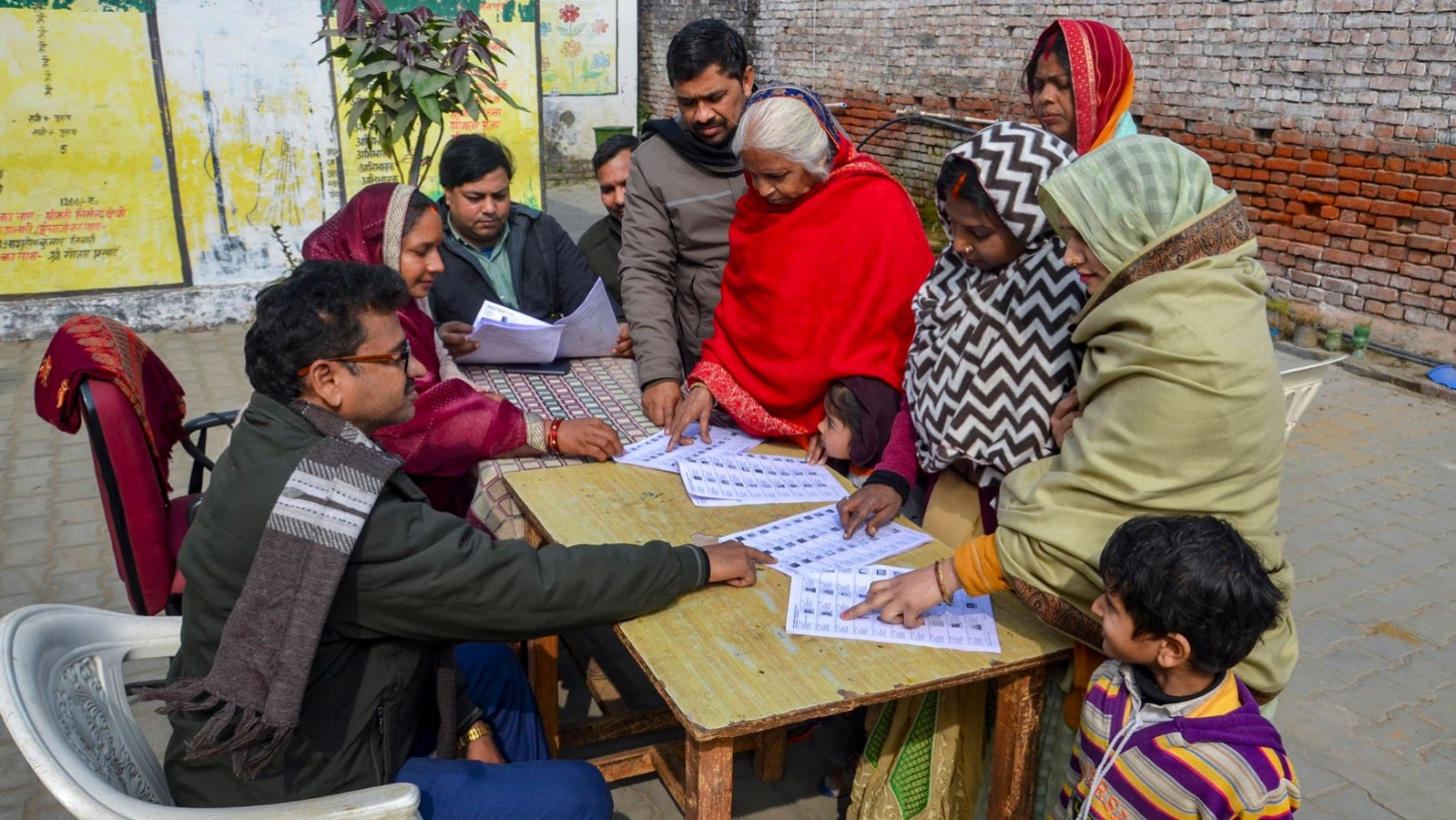While heavy rains and landslides in Kerala and flooding in Assam have caused significant damage, 25% of India's 36 meteorological subdivisions are still experiencing rainfall deficits midway through the monsoon season.
According to India Meteorological Department (IMD), July saw a 9% increase in rainfall, with 306.6 mm compared to the normal 280.5 mm, resulting in a 2% surplus since June 1 with total precipitation of 453.8 mm against the usual 445.8 mm.

Wayanad in Kerala experienced over five times its usual rainfall on July 29, leading to severe landslides on July 30 that resulted in at least 250 fatalities. Despite this, the district and the state have seen a shortfall in rainfall this monsoon season.
Kerala, which has faced over 250 deaths due to landslides from heavy rains, has received 4% less rainfall than average. Data from the IMD shows that Wayanad's rainfall deficit for the season is 15%. The monsoon season, which began in June, continues for four months.
This erratic rainfall pattern — characterized by intense downpours in short periods followed by drier spells—is becoming more common in India, often linked to climate change and causing various disasters in recent years.
Although the overall monsoon rainfall for India remains relatively stable, the number of rainy days has decreased.
The fewer rainy days have led to more intense rainfall on those days, causing significant flooding, particularly in densely populated urban areas, as well as landslides and glacial lake outbursts in the Himalayan regions.
East Uttar Pradesh, Bihar, Jharkhand, Gangetic West Bengal, and parts of the northeast have recorded significant rainfall deficits.
The rainfall deficit in Haryana, Punjab, Himachal Pradesh, and Jammu and Kashmir ranged from 35% to 45%.
The rainfall deficit in East and Northeast India increased from 13.3% on June 30 to 19% on July 31, with the region recording 610.2 mm of rainfall against the normal of 752.5 mm so far this monsoon season.
Northwest India recorded 182.4 mm of rainfall in July, compared to the normal of 209.7 mm, a deficit of 13 %. The region has received 235 mm of rainfall so far this monsoon season, against the normal of 287.8 mm, a shortfall of 18%.
Since the 2013 Uttarakhand disaster, extreme rainfall events causing loss of life and property have occurred almost every year. Notable incidents include the 2014 Kashmir floods, 2015 Chennai floods, 2017 Gujarat floods, 2018 Kerala floods, and last year's Himachal Pradesh disasters, each resulting in significant casualties.
Cities like Bengaluru, Mumbai, and Chandigarh have also faced flooding due to short-term heavy rainfall.
Bihar has recorded a significant rainfall deficiency, resulting in an overall 36% deficit for the state so far this monsoon season.
The rainfall shortage in Uttar Pradesh and Uttarakhand stands at 15% and 4%, respectively.

Nineteen out of the 22 districts in Haryana have recorded below-normal rainfall, with the overall deficit standing at 4%. The rainfall deficit in Punjab is 45%, with only three of the 22 districts recording normal rainfall.
According to the IMD, the core monsoon zone, which includes most of India’s rain-fed agricultural regions, is expected to receive above-normal rainfall this season.
The monsoon is crucial for India's agriculture, with 52% of the net cultivated area dependent on it, and is essential for replenishing reservoirs needed for drinking water and power generation. June and July are particularly vital for agriculture, as this is when most Kharif crop sowing occurs.














